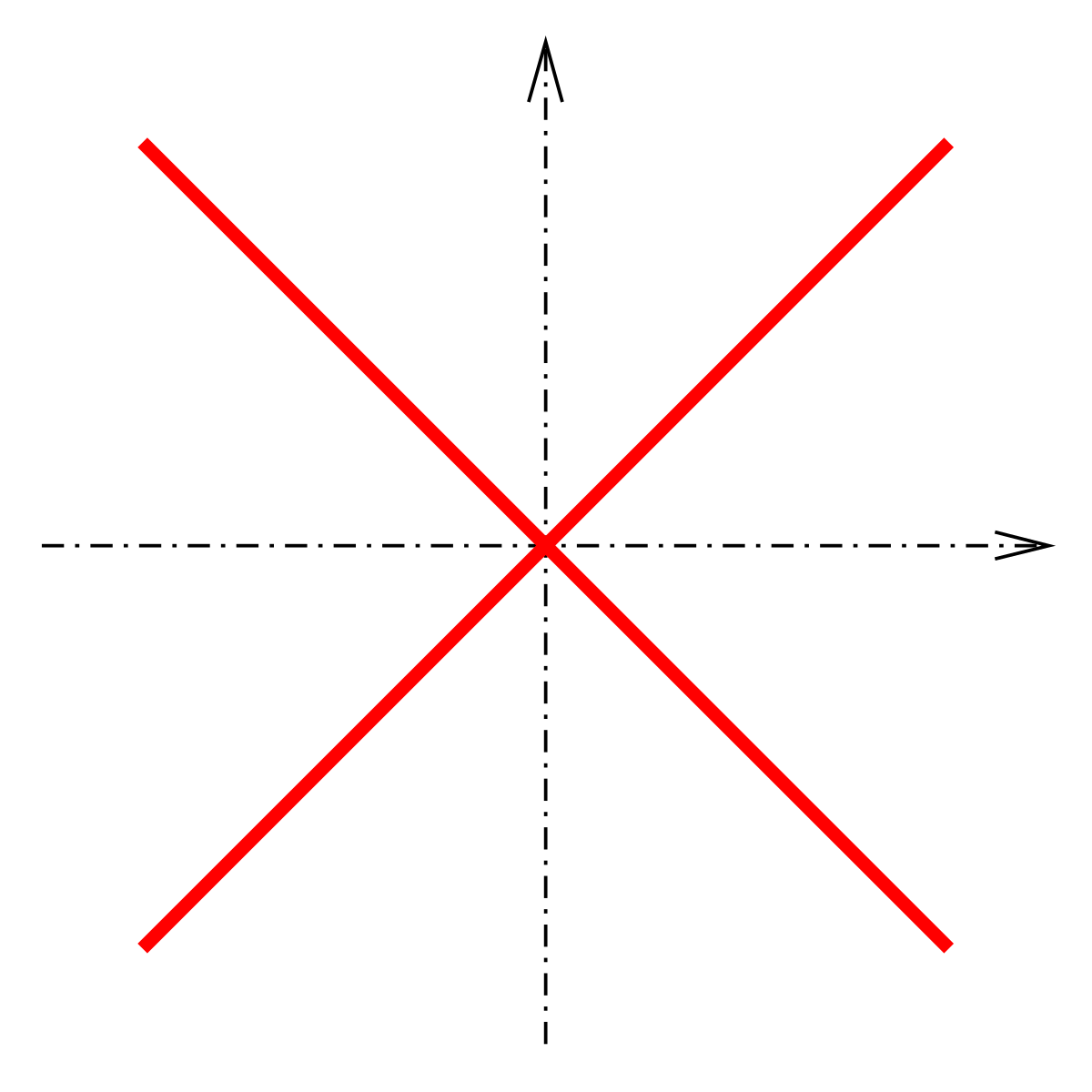Qwertyuiop[]
Junior Member
- Joined
- Jun 1, 2022
- Messages
- 123
What does the equation x^2 + y^2 +2 = 0 define in Cartesian plane ? I've never seen this equation before and it's not in the form y=mx +b so it's not a straight line equation. Is it b) pair of parallel lines (I didn't know parallel lines had an equation ??) c) point (point has an equation ? ??) d) empty set has an equation too ?
or d) pair of incident lines (and what is this ? LOL)
or d) pair of incident lines (and what is this ? LOL)



